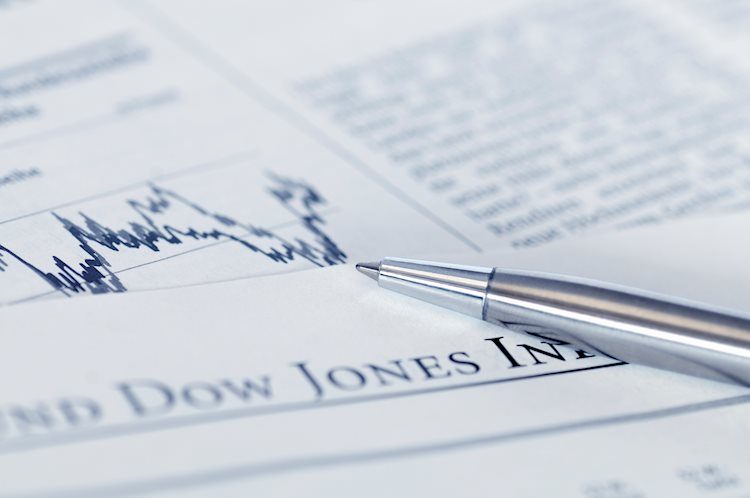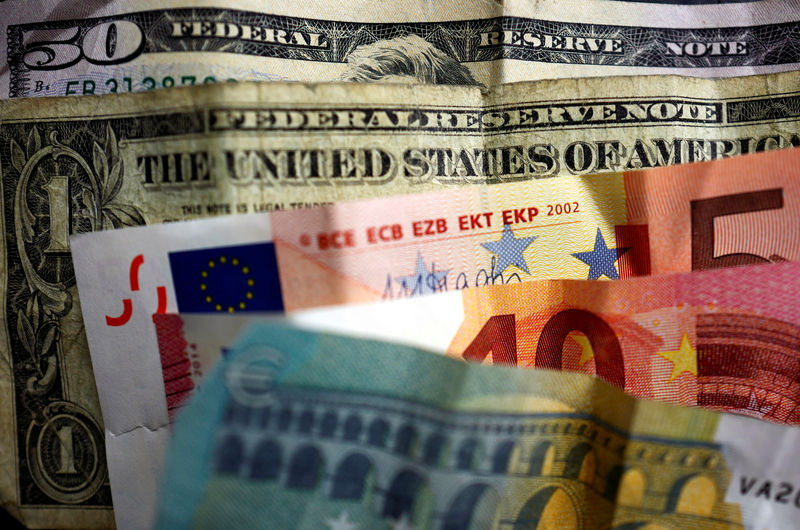- The Dow Jones shed 400 points in the midweek market session.
- Investors balked after US PMIs came in firmly mixed.
- US Manufacturing set to slow further, but Services PMIs expanded.
The Dow Jones Industrial Average (DJIA) fell over 400 points on Wednesday after US Purchasing Managers Index (PMI) figures came in broadly mixed, entirely reversing course on forecasts. US equity markets pulled back, however rate markets still see 100% odds of a September rate cut from the Federal Reserve (Fed). Still, a lopsided economic data release will put additional pressure on upcoming calendar prints through the rest of the week.
July’s US Manufacturing PMI tumbled back into contraction territory for the first time since January, easing to 49.5 compared to the previous month’s 51.6 and flouting the forecast uptick to 51.7. Meanwhile, US Services PMI survey results surged to a 26-month high of 56.0 compared to the previous 55.3, and well above the forecast backslide to 54.4.
A mixed PMI print did little to support broad market sentiment, sending equities lower and investors bracing ahead of further key US data due this week. Thursday’s annualized Q2 Gross Domestic Product (GDP) is expected to rise to 2.0% from the previous 1.4%, while the QoQ GDP figure for Q2 is forecast to ease back to 2.6% from the previous 3.1%.
Friday’s Personal Consumption Expenditure Price Index (PCE) inflation will be the week’s critical data print. As the Fed’s preferred method of tracking inflation, a miss in core PCE Price Index could send investors heading for the hills or stepping further into risk-on bets on rate cut hopes. June’s YoY core PCE inflation is forecast to tick down slightly to 2.5% from 2.6%, with the MoM figure expected to hold steady at 0.1%.
Dow Jones news
Roughly two-thirds of the Dow Jones’ constituent securities are in the red on Wednesday, with losses being led by Intel Corp. (INTC) which tumbled around -3.5% to $255.40 per share. On the high side, Verizon Communications Inc. (VZ) rose 2.34% to $39.80 per share.
Dow Jones technical outlook
The Dow Jones is adding onto a recent pullback from all-time highs as the index slides back towards 40,000.00. The DJIA set a record peak bid of 41,371.38 last week, but the index is now trading down -3.5% in a brief pullback.
An extended pullback will see the Dow Jones challenging the 50-day Exponential Moving Average (EMA) at 39,472.52, with a long-term technical floor priced in at the 200-day EMA at 37,862.50.
Dow Jones five minute chart
Dow Jones daily chart
Fed FAQs
Monetary policy in the US is shaped by the Federal Reserve (Fed). The Fed has two mandates: to achieve price stability and foster full employment. Its primary tool to achieve these goals is by adjusting interest rates. When prices are rising too quickly and inflation is above the Fed’s 2% target, it raises interest rates, increasing borrowing costs throughout the economy. This results in a stronger US Dollar (USD) as it makes the US a more attractive place for international investors to park their money. When inflation falls below 2% or the Unemployment Rate is too high, the Fed may lower interest rates to encourage borrowing, which weighs on the Greenback.
The Federal Reserve (Fed) holds eight policy meetings a year, where the Federal Open Market Committee (FOMC) assesses economic conditions and makes monetary policy decisions. The FOMC is attended by twelve Fed officials – the seven members of the Board of Governors, the president of the Federal Reserve Bank of New York, and four of the remaining eleven regional Reserve Bank presidents, who serve one-year terms on a rotating basis.
In extreme situations, the Federal Reserve may resort to a policy named Quantitative Easing (QE). QE is the process by which the Fed substantially increases the flow of credit in a stuck financial system. It is a non-standard policy measure used during crises or when inflation is extremely low. It was the Fed’s weapon of choice during the Great Financial Crisis in 2008. It involves the Fed printing more Dollars and using them to buy high grade bonds from financial institutions. QE usually weakens the US Dollar.
Quantitative tightening (QT) is the reverse process of QE, whereby the Federal Reserve stops buying bonds from financial institutions and does not reinvest the principal from the bonds it holds maturing, to purchase new bonds. It is usually positive for the value of the US Dollar.













